Russian astronaut Valentina Tereshkova made history when she flew into space in 1963.
Valentina Tereshkova (born 1937) is the first woman in the world to travel into space, achieving this milestone in 1963, just two years after her colleague Yuri Gagarin became the first human to journey into space in 1961. Tereshkova’s solo mission has since become a significant chapter in the history of space science worldwide.
The First Female Astronaut Selected from 400 Candidates
Valentina Tereshkova was born in a small village in Yaroslavl Oblast. After completing her education at the age of 17, she worked as a factory worker in a rubber plant and a textile mill before studying to become an engineer. From a young age, Tereshkova had a peculiar passion for parachuting. She practiced this challenging sport at a local aviation club and made her first jump at the age of 22. Tereshkova also served as a secretary for the local Komsomol (youth organization) and later became a member of the Communist Party of the Soviet Union.
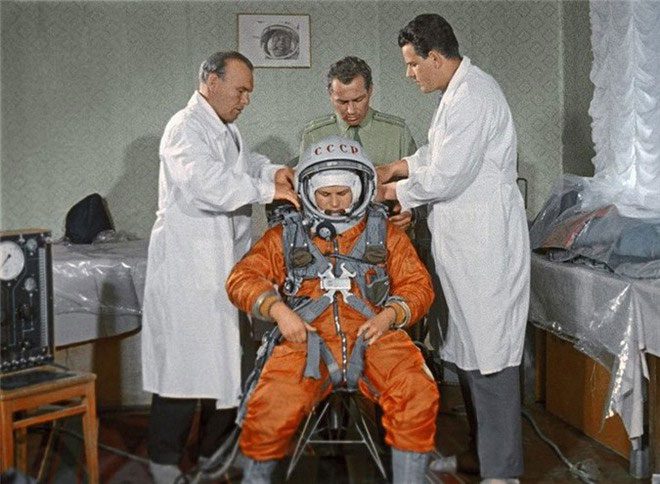
Valentina Tereshkova being prepared at the training center.
After the successful flight of the first astronaut Yuri Gagarin in 1961, the Soviet Union planned to send women into space. A total of 400 candidates were selected through multiple rounds of evaluations. After extensive training and screening, only five women were chosen.
The criteria to become the first woman in space were strict: candidates had to be under 30 years old, shorter than 1.7 meters, weigh less than 70 kg, and, of course, possess adequate health, skills, and expertise.
Despite lacking the educational background or experience of her competitors, Valentina Tereshkova was ultimately selected. On June 16, 1963, she flew solo on the Vostok 6 spacecraft, becoming the first woman in the world to travel into space at the age of 26.
Her mission was to keep a flight log and take photos of the horizon to distinguish the layers of the atmosphere. To gain momentum, she orbited the Earth 48 times and spent nearly three days in space.
The Hidden Challenges of a Lifetime Journey
Upon her safe return to Earth, Valentina Tereshkova became a heroine in the Soviet Union. Her journey was deemed a resounding success, but it wasn’t until more than a decade later that she opened up about the challenges she faced.
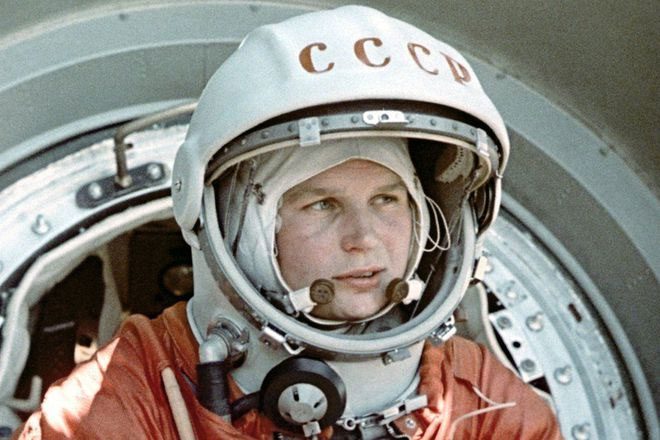
The 26-year-old woman who flew into space alone
When navigating the unique environment of space, even ordinary daily tasks posed significant challenges for astronauts. For Tereshkova, eating in the spacecraft was a considerable hurdle. The bulky and heavy spacesuit was uncomfortable and even made her cry at times due to the pain. To alleviate her discomfort and fear, she occasionally sang to distract herself.
During the final attempt to communicate with Tereshkova before Vostok 6 landed, she missed the call because she had fallen asleep from exhaustion. Even her flight log could not be completed, as both pencils she had onboard broke in the different environment.
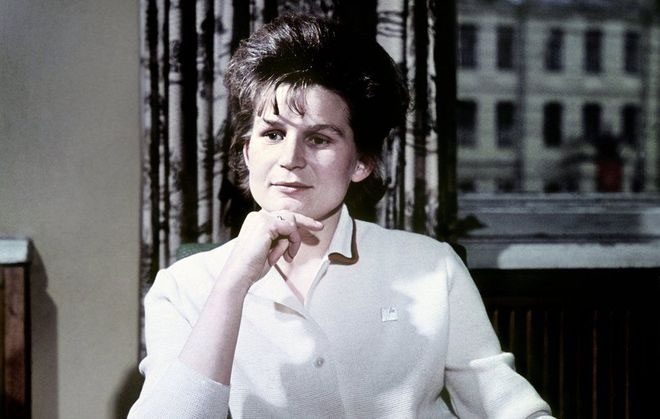
Years later, the astronaut revealed the difficulties she faced.
As she neared the end of her mission, the astronaut faced a life-and-death situation described as “a thousand pounds hanging by a thread.” Tereshkova later stated that she would have never returned to Earth if a last-minute miracle had not occurred.
The remote control program for the spacecraft malfunctioned, causing her spacecraft to ascend instead of descend back to Earth. Upon discovering the error, Tereshkova, despite her anxiety, quickly reported it to the control center. To save herself, she had to manually re-enter the correct data into the control program in a very short time. Fortunately for the astronaut, she executed it correctly, and the spacecraft changed course just as it was about to enter a disastrous orbit, which could have resulted in an explosion.
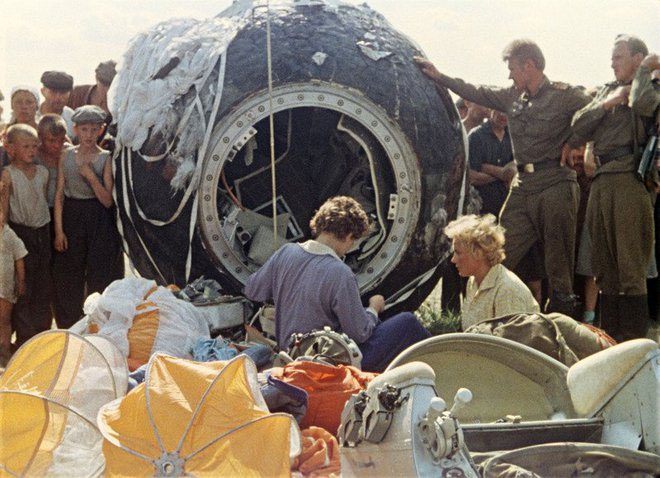
Photo taken on the day Tereshkova landed.
Even landing back on Earth was fraught with difficulties and accidents for Valentina Tereshkova. The Vostok 6 spacecraft landed on January 19, 1963, in Altai, southern Siberia, part of the Soviet Union. Due to strong winds, her parachute descent was not smooth. For a long time, Tereshkova’s head was blown back by the wind. As a result, as soon as she touched the ground, she had to be rushed to the hospital for emergency care. Nevertheless, Tereshkova felt happy and grateful to have survived her journey.
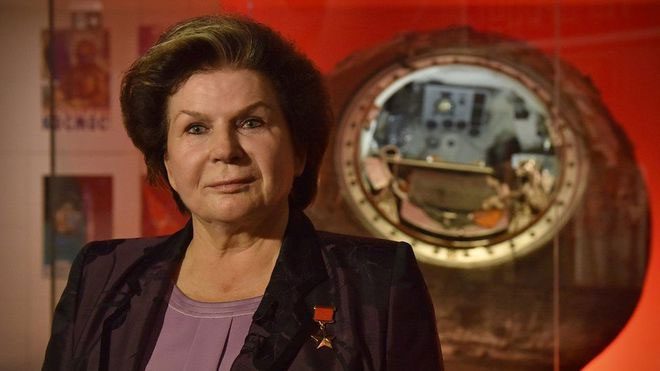
Valentina Tereshkova today.
This was the only journey into space for Valentina Tereshkova, although she later attended the Zhukovsky Air Force Engineering Academy, became an engineer, and made significant contributions to the aerospace industry. It wasn’t until 19 years later that a second woman flew into space.
For her historic contributions, Valentina Tereshkova was awarded the title of Hero of the Soviet Union. In her honor, a volcano on the Moon has also been named after her.

















































